Whisky or Whiskey can be enjoyed in different ways. Some drink it neat, others dilute it with a little water. Some enjoy it on ice or in a cocktail.
We explain the most important steps for an intensive and successful whisky tasting, especially for beginners. In order to discover and appreciate the multitude of flavours in high-quality Single Malt Whisky, Bourbon and Rye, the following approach has proven successful. There are a few points to bear in mind when tasting.
The right way to taste Whisky
Firstly, to judge the flavour, try the Whisky neat!
Then it's about choosing a suitable glass. It should optimally transfer the flavour to our taste buds in the nose and mouth. In addition to the right tasting method, the right mood is also important. It has a significant influence on our sensations. For advanced connoisseurs, there is also the question of whether and how whisky should be diluted at cask strength.
The right nosing glass
If you want to consciously taste single malt and discover all its flavours, choose a so-called nosing glass. Cylindrical tumblers with a thick glass base are less suitable for this.
A good Whisky glass is characterised by a bulbous shape that tapers towards the top. This shape allows the flavour of the whisky to collect in the belly of the glass and be absorbed more intensively into the nose through the narrow opening. When drinking, the whisky should be savoured slowly at the front of the palate so that the often bitter notes of oak can only be experienced when swallowing. A thin-walled whisky nosing glass allows the warmth of the hand to be absorbed, as colder drinks release fewer flavours. A stem on the glass enables the controlled transfer of heat from the hand.
The size of the glass varies depending on the type of whisky: delicate flavours come into their own better in smaller glasses, while strong and smoky whiskies unfold their full splendour in larger glasses.
In 2015, Horst Lüning fulfilled a wish and had his own nosing glass designed and manufactured according to his own ideas. Our Whisky.de nosing glass is a stemmed glass in the shape of a tulip. It opens upwards with a wide lip from which it is ideal for drinking and tasting.
And remember: we taste our malt not only with our palate, but also with our eyes - a beautiful colour suggests a great aroma. With a coloured glass, you can make an independent assessment of the colour.
Mood - Ambience
In addition to the right whisky and the right glass, a perfect whisky tasting also requires the right atmosphere. The ambience!
Please only drink when you are in a good mood, don't drink when you are frustrated. Celebrate with a good whisky.
A single whisky can be savoured for a long time.
Our mood strongly influences our taste sensations. If you want to evaluate a whisky comprehensively, you should taste it on different days at different times. A whisky may have surprisingly different aromas and flavours the second or third time you taste it. The place where we savour it also contributes to our impression. A special malt tasted with friends in a cosy bar or even at the distillery may taste completely different at home. Our sense of flavour is linked to the emotions we felt in that particular situation. The professional blenders in the distilleries therefore taste all casks in the same way as far as possible to avoid unnecessary influences.
In order to properly perceive the flavours of a whisky, it should not be drunk with or directly after a meal. Look for a neutral mouthfeel.
Tasting in four steps
Take a nose - take a sip
Enjoy your Whisky at room temperature. Whisky only develops its full flavour at the right temperature. Whisky that is too cold or even chilled with ice inhibits our sense of smell and taste, and the melting ice also dilutes the Whisky.
View
First look at the colour of the whisky by holding the glass up to the (day)light. You will notice a glow and sparkle. Now hold the glass slightly horizontally and rotate it around its own longitudinal axis. Then tilt it back to the vertical position and look closely: you will see streaks or "tears" on the inside of the glass wall, known as "legs". This effect is related to the viscosity, the viscosity, the liquid of the whisky. These streaks are widest and therefore slowest to run back towards the contents of the glass when the alcohol content is between 43 and 48 per cent. The oils in the distillate also have an influence on this: the more oils the distillate contains, the more streaks or tears form on the glass wall. They generally lead to a thicker, fuller mouthfeel, which is also referred to as "mouth feel".
Smell
Basically, the first step in tasting is extensive nosing, smelling or savouring. Humans have about a thousand times more flavour receptors in the nose than on the tongue. Take your time to do this! Bring the glass carefully to your nose so as not to be surprised by the sharpness of the alcohol. Breathe in and out gently. Now swirl the glass so that the contents rotate and smell again. You will notice that more and more new aromas emerge and fill your nose.
Or shake the glass vigorously and cover it with your hand so that beads and bubbles form in and on the whisky (the more beads on the edge of the glass, the higher the alcohol content). Smell the palm of your hand with which you covered the glass. In combination with the warm skin, new odours will develop. You can also try this out by rubbing a few drops of whisky between the palms of your hands.
Please note that - depending on your disposition and daily form - both nostrils will never smell equally intense! One nostril is usually smaller than the other. Therefore, breathe in alternately with both nostrils.
Drink
Once you feel you have got a good impression of the Whisky from the nosing, the tasting begins. Let the whisky flow slowly over your tongue. Remember that different flavours are perceived at different points on the tongue: sweet at the front, salty and sour in the middle and bitter at the back. The fifth flavour, umami, is also perceived in the middle of the mouth. Spiciness, on the other hand, anaesthetises the tongue's taste sensors once it reaches a certain intensity. Avoid simply letting the whisky run down your throat at all costs. In any case, the flavour increases considerably if you swish the whisky around in your mouth. Then all areas of the mouth, including the underside of the tongue, the palate and the inside of the lips, contribute to the flavour experience.
At the same time, you will get a feel for the texture of the whisky, i.e. its density, viscosity, thickness and fluidity. Different whiskies produce different mouthfeels: single cask bottlings from sherry casks or older, high-proof bourbons - e.g. the various small batch bottlings - are fuller, "thicker" than, for example, a young Lowland single malt from ex-bourbon casks. Whiskies that tend to taste sweet also stimulate salivation. Over time, you can also taste whether the Whisky in question is generally dry or sweet or even a little salty - not to mention clear tendencies such as sherry, port wine or peat smoke influences.
Remember that single malt whisky is an elaborately crafted drink , so take as much time as possible for nosing and drinking! And repeat! Because when you smell it again after drinking it for the first time, the flavours no longer only come from the front, i.e. from the nose, but also from the back of the throat and the palate. The complexity of the whisky and your intensified sensory perception complement each other to create even more enjoyment when you drink it again.
Echo
What happens after the nosing and tasting rounds off the whisky experience. During the so-called aftertaste, we pay attention to what we taste and feel. Where is it warm, where is it spicy? Does it burn in the oesophagus and/or stomach so that you don't taste anything at first? Or does a pleasant warmth spread through your mouth? You'll be surprised at what new flavours you discover now. Can you still taste the sweetness of the whisky at the front of the tongue, or does the dryness or even bitterness predominate further back in the throat? This is where the oak influence can slowly spread. And how does any smoke develop? Does it withdraw quickly or does it linger for a long time?
Should we dilute the Whisky with water?
Diluting whisky with water is a matter of taste. Some are absolute advocates, while others consistently reject it. The idea behind it is to soften the sharpness when smelling and tasting whisky. Remember that Whisky with more than 50% alcohol often has a numbing effect on the taste receptors, similar to ice in Whisky, by the way.
There are different views on how much water to add. Some recommend only diluting whiskies with an alcohol content of over 50% with water. Others believe that Whisky is at its best in the mouth when it contains no more than 20% alcohol by volume. alcohol. Still others are convinced that just a few drops of water are enough.
Ultimately, every connoisseur should experiment with the amount of water and the way it is added (drizzling or pouring). The way in which the water is mixed with the whisky can also vary greatly. Some move the glass, others use a pipette to mix the water effectively.
Please follow a few basic rules. Do not use carbonated water, as it has too much flavour of its own and adds turbulence to the glass. Still mineral water and tap water that is not too chalky are suitable.
Help! Why is the Whisky cloudy?
Some Whiskies become cloudy when diluted with water. This only applies to whiskies that have not been chill-filtered, which contain certain substances such as esters, phenols, tannins and aldehydes that act as aroma and flavour carriers on the one hand and cause clouding when diluted with water on the other. This does not affect the flavour and is not a quality defect, but can surprise inexperienced connoisseurs. If the cloudiness bothers you, you should not dilute Whiskies that are not chill-filtered with water.
To avoid this cloudiness when diluting, many manufacturers filter out the substances mentioned by chill filtering, and even a non-chill-filtered whisky that has become very cold can become cloudy due to the substances it contains. However, this effect is reversible: the whisky becomes clear again at room temperature at the latest.
Conclusion
We Whisky connoisseurs are not professionals in Whisky tasting!
Most people's noses are untrained! If you don't recognise all the aromas in the whisky flavour description at first, we can reassure you. Everyone tastes differently. What's more, most people's noses are rather untrained. We perceive the world mainly with our eyes. The more Whiskies you taste, the more your nose learns to recognise familiar aromas.
Keep at it - it's fun!

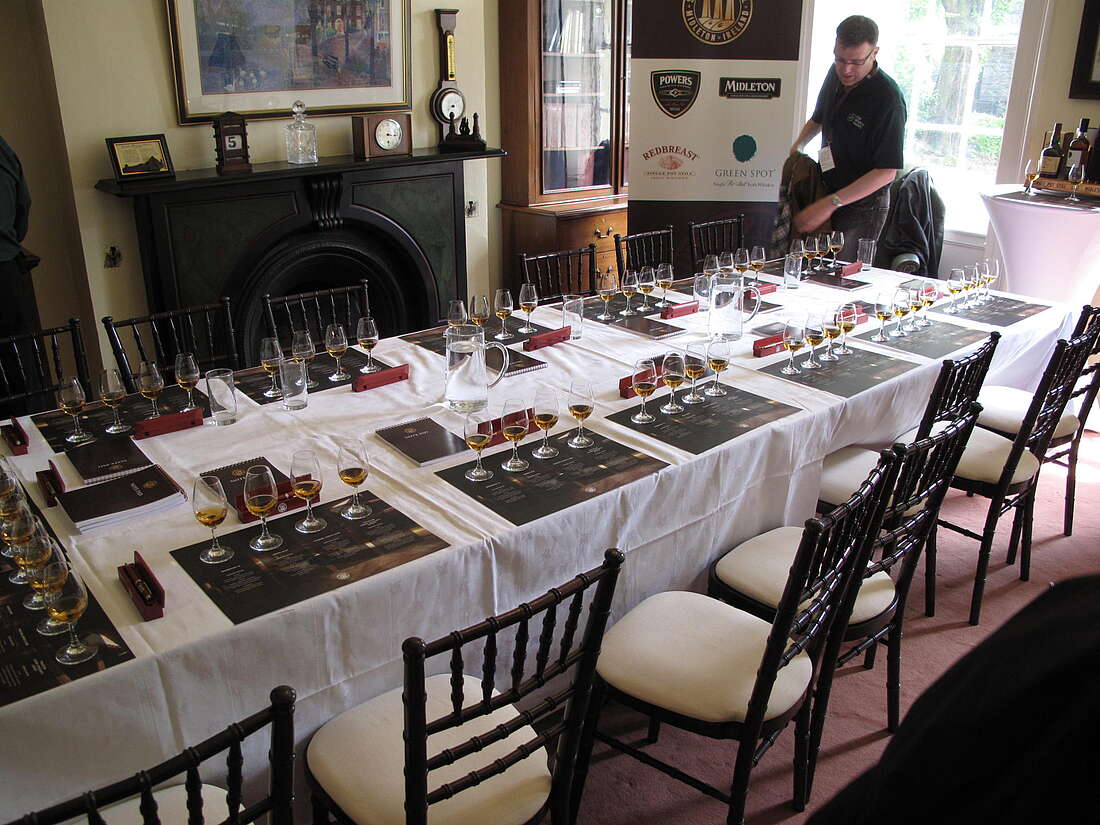
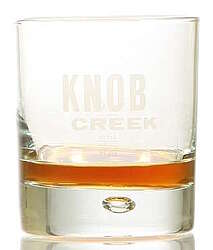
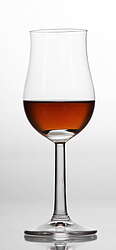
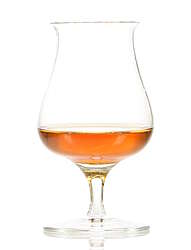
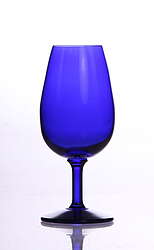
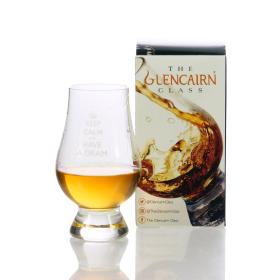

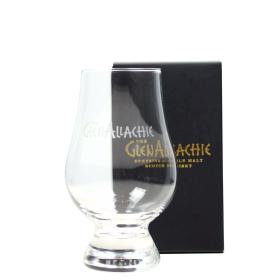
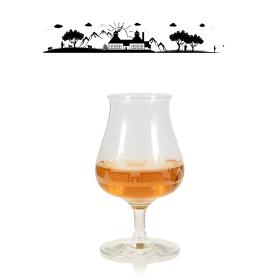

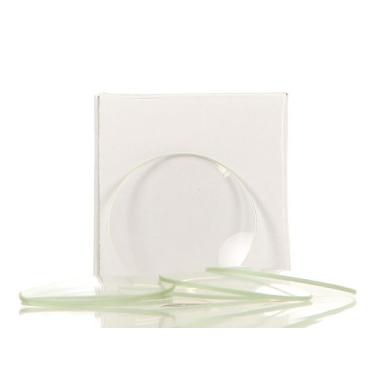
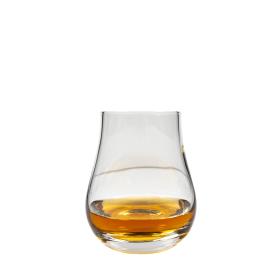
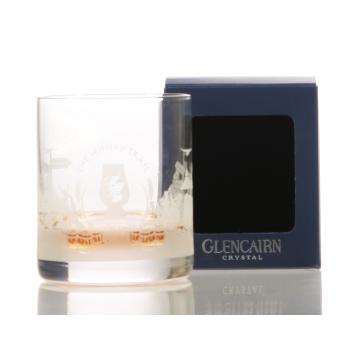
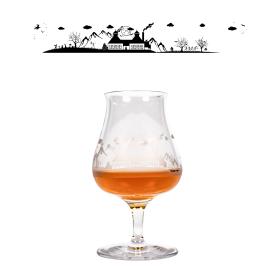
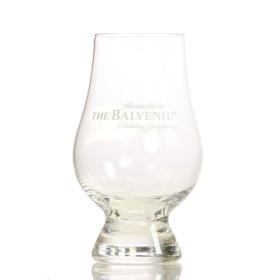

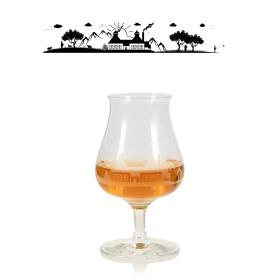



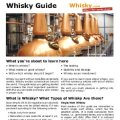



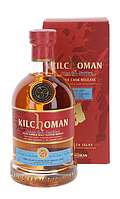
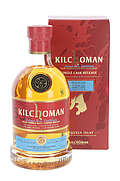
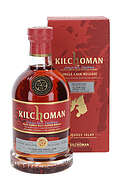
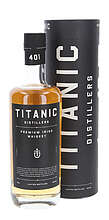



To comment, you must be logged in